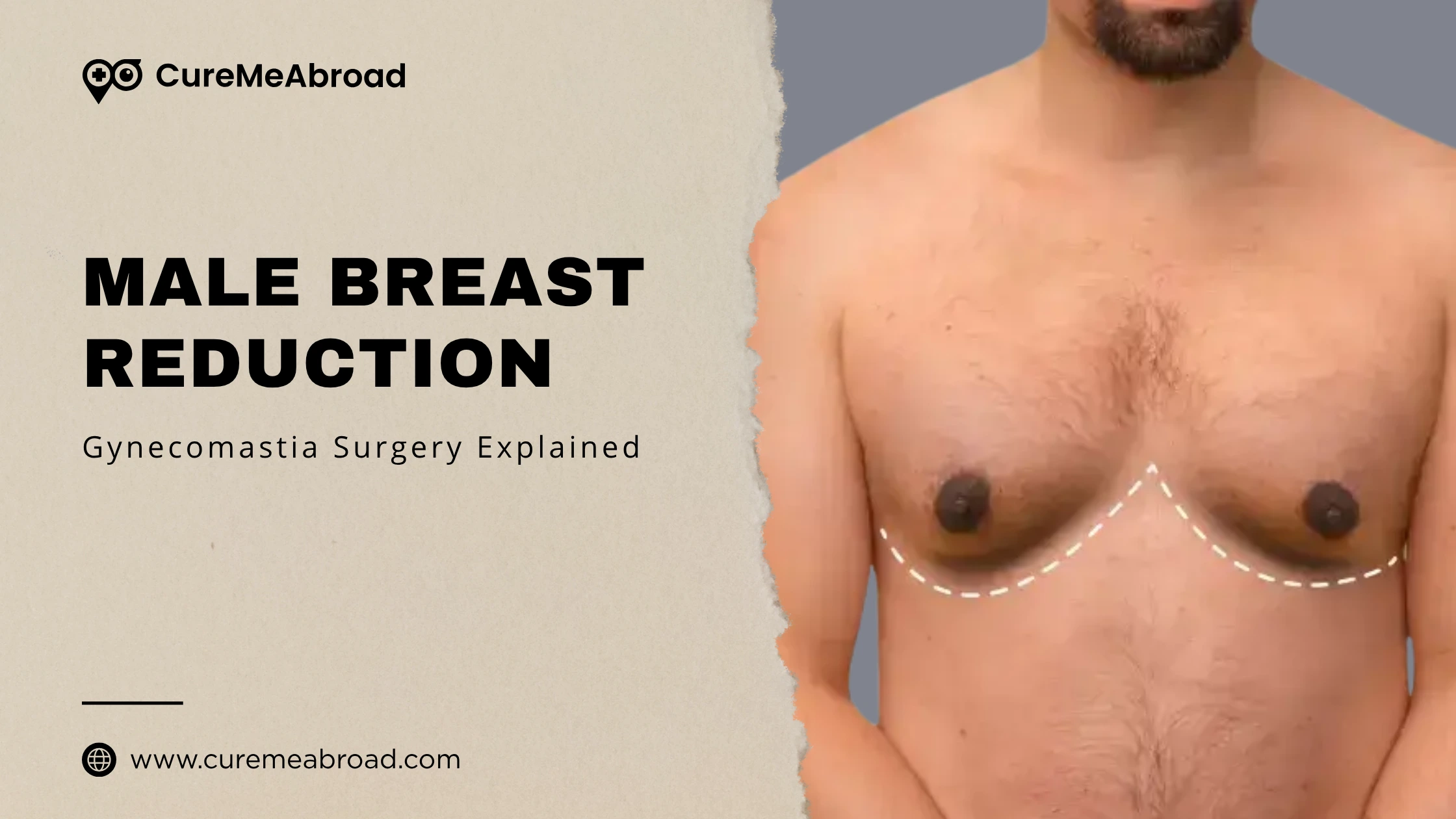Hair has always been tied to confidence, identity, and beauty. For women, losing hair can feel devastating, whether it’s due to genetics, hormonal changes, medical conditions, or environmental stressors. Fortunately, the world of modern cosmetic and medical treatments has introduced several solutions, giving women the chance to regain not just their hair but also their self-esteem. Hair replacement for women has become safer, more natural, and diverse in approach, catering to individual lifestyles, budgets, and expectations.
This blog will explore everything you need to know about hair replacement for women: the available options, how much they cost, what to expect during and after treatment, and how to choose the right method for your unique needs. By the end, you’ll be able to make a clear, confident decision about which solution suits you best.
Why Women Lose Hair
Hair loss in women is more common than many believe. Studies show that nearly 50% of women experience noticeable thinning by the age of 50. Hair replacement for women starts by understanding why the loss occurs in the first place. Unlike men, where hair loss is often genetic and patterned, women may experience thinning in more diffuse and unpredictable ways.
Common causes include hormonal imbalances such as thyroid conditions or post-pregnancy changes, autoimmune disorders like alopecia areata, and medical treatments such as chemotherapy. Stress, poor nutrition, and chemical styling can also trigger shedding. Identifying the root cause is crucial before considering hair replacement for women, since treatment success often depends on tailoring the solution to the cause.
Non-Surgical Hair Replacement Options
Non-surgical hair systems are among the most widely chosen methods for hair replacement for women. These options do not involve invasive procedures, which means they come with little to no recovery time. Instead, they focus on seamlessly blending with natural hair, offering a quick boost in appearance and confidence.
Examples include wigs, toppers, and hair integration systems. High-quality wigs now look incredibly realistic, with lace fronts and human hair options that mimic natural growth. Hair toppers work for women with thinning crowns, while integration systems involve meshing new strands with existing hair. The primary appeal of these non-surgical methods is flexibility, they can be changed or styled based on mood or occasion.
Surgical Hair Replacement Options
For women who desire a more permanent solution, surgical treatments may be the best choice. Hair transplantation is the most recognized surgical form of hair replacement for women. This involves moving healthy hair follicles from one part of the scalp to thinning areas, which allows new, natural hair to grow over time.
There are two main surgical techniques: Follicular Unit Extraction (FUE) and Follicular Unit Transplantation (FUT). FUE is less invasive and focuses on harvesting single follicles, while FUT involves removing strips of scalp for grafting. Both methods provide long-term outcomes, though they require downtime for healing and can be costly. Many women opt for surgical solutions because they deliver an authentic look unmatched by other treatments.
Comparing Surgical vs Non-Surgical Options
When considering hair replacement for women, the choice often comes down to whether to go surgical or non-surgical. Each has unique benefits and challenges, and the decision usually depends on budget, lifestyle, and comfort. Non-surgical solutions work faster and may be more affordable, but they require ongoing maintenance and replacement. Surgical procedures, on the other hand, offer near-permanent results but involve recovery time.
| Aspect | Non-Surgical Hair Systems | Surgical Hair Transplant |
|---|---|---|
| Recovery Time | None | 1–2 weeks |
| Cost | $500 – $3,000 | $4,000 – $15,000 |
| Results | Immediate (cosmetic look) | Long-term, permanent |
| Maintenance | High (replacements needed) | Minimal post-healing |
| Natural Appearance | High (depending on quality) | Very high (uses real hair) |
Many women opt for a combination of both approaches using wigs or toppers immediately after hair loss and then pursuing a surgical solution later on. This hybrid approach allows them to balance cost, time, and personal confidence.
The Cost of Hair Replacement for Women
One of the most common concerns women have is about the cost involved. Hair replacement for women can vary hugely in price depending on whether you choose non-surgical or surgical methods. Non-surgical options like wigs and toppers are available at a relatively affordable range, often between $500 and $3,000 depending on hair type and quality. However, since they need replacements or updates, the long-term cost can add up.
Surgical procedures are more expensive upfront, ranging from $4,000 to $15,000, sometimes higher. These costs often include consultation, surgery, and post-op care. The benefit is that one successful treatment may last a lifetime. However, not all women need surgical methods, so it’s important to calculate the value of each solution compared to your expectations and financial situation.
What to Expect During Hair Replacement
For first-timers, understanding what will happen during hair replacement for women makes the process far less stressful. With non-surgical options, the process is usually as simple as a fitting session. Specialists measure your head to select the right wig, integration system, or hair topper. Within hours, you can leave with a transformed appearance.
Surgical treatments, however, require more preparation. Surgeons plan which areas need grafts and explain what density you can expect. During the procedure, you’ll be under local anesthesia, and follicles are carefully transplanted. The healing process takes a few weeks, and visible growth typically begins by month three, with significant results showing after about one year.
Potential Risks and Side Effects
Like any treatment, hair replacement for women comes with certain risks. For non-surgical systems, the main drawbacks include itching, scalp irritation, and maintenance challenges. If adhesives are used, sensitive skin may also experience allergic reactions. Additionally, poorly fitted systems may create discomfort or look unnatural.
Surgical treatments carry higher risks but usually remain safe with qualified surgeons. Infections, scarring, and uneven hair growth are possibilities. Some women may also face temporary shedding post-surgery, a phenomenon called “shock loss.” While these side effects are temporary or rare, understanding them ensures women set realistic expectations before making a decision.
Choosing the Right Specialist
The outcome of hair replacement for women depends heavily on choosing the right provider. An experienced stylist or medical professional can make all the difference in achieving a natural-looking outcome. For non-surgical systems, this means selecting specialists with expertise in wig fitting, custom hair systems, and styling.
For surgical procedures, selecting a board-certified surgeon with proven experience in female patients is critical. Unlike male hair loss, female thinning often has irregular patterns requiring a more artistic approach to transplantation. Always review before-and-after photos, read testimonials, and ensure that your chosen clinic offers transparent consultations before committing.
Psychological Impact of Hair Loss and Replacement
Beyond appearance, hair loss deeply affects emotional well-being. Women often report feelings of diminished self-esteem, social isolation, and even depression. The importance of hair replacement for women goes far beyond vanity, it directly influences mental health and confidence. By restoring hair, women frequently regain a sense of normalcy and empowerment.
Furthermore, the act of taking charge and seeking solutions itself has therapeutic value. Whether through non-surgical systems or transplant surgery, the decision to invest in self-image helps women view hair replacement not as a luxury but as a form of self-care. The psychological rewards are often as powerful as the physical transformations.
Maintaining Your Hair Replacement
Long-lasting results depend on proper care. For non-surgical systems, maintenance includes regular cleaning, proper adhesive use, and professional adjustments every few weeks. Human hair wigs require the same care as natural hair, including washing, conditioning, and gentle styling, while synthetic wigs need special products.
For surgical procedures, standard hair care can usually resume after healing, but it’s important to follow your surgeon’s instructions. Most women find that their transplanted hair behaves just like their natural hair, meaning they can wash, color, and style it without limitations. A healthy diet and regular scalp care also help in nourishing transplanted follicles.
Future of Hair Replacement Technology
The hair replacement industry is evolving rapidly. Innovations in biotechnology are paving the way for advanced options that could make procedures more effective, affordable, and accessible. Stem cell research, platelet-rich plasma (PRP) therapy, and cloning of hair follicles are being studied as potential game-changers in hair replacement for women.
Meanwhile, wig and hair system manufacturers are introducing ultra-lightweight materials and 3D-printing technology for even more natural results. These ongoing improvements suggest that the future will bring safer, quicker, and more customizable solutions, giving women more freedom and control over their appearance than ever before.
Cost Comparison Table
To better understand what you might spend, here’s a detailed breakdown of typical costs:
| Replacement Type | Price Range (USD) | Longevity | Maintenance |
|---|---|---|---|
| Synthetic Wig | $200 – $1,000 | 6–12 months | Medium |
| Human Hair Wig | $800 – $3,000 | 1–3 years | High |
| Hair Toppers | $500 – $2,500 | 1–2 years | Medium |
| Integration Systems | $1,000 – $3,000 | 1–2 years | High |
| Surgical Transplant | $4,000 – $15,000 | Permanent | Low |
This table demonstrates how the financial commitment varies widely. The best choice depends on whether you want a short-term boost, a long-term investment, or something in between.
Final Thoughts
Hair replacement for women is no longer a one-size-fits-all concept. From wigs and toppers to surgical transplants, women today enjoy multiple ways to restore not just their hair but their confidence. The right choice depends on factors like budget, lifestyle, and comfort with maintenance. By carefully weighing the options and consulting trusted professionals, women can achieve results that look and feel authentic.
As technology continues advancing, the future looks promising with even more natural, affordable, and permanent solutions becoming available. Hair loss may feel overwhelming, but with the right support and strategy, every woman can find a path to rediscover her confidence and beauty.







